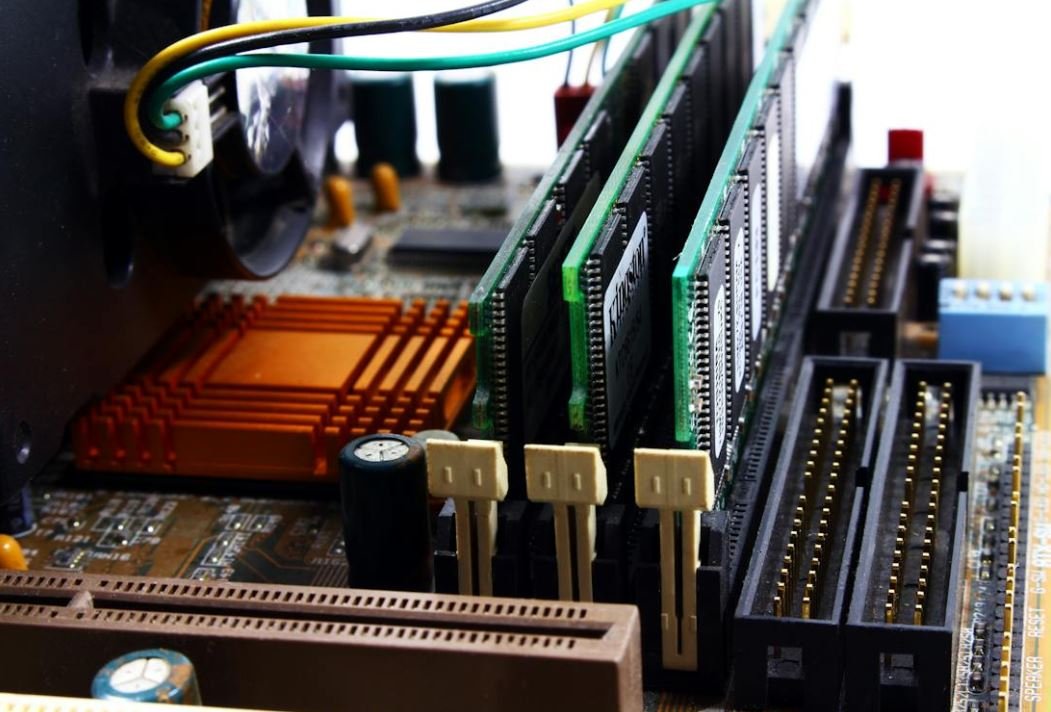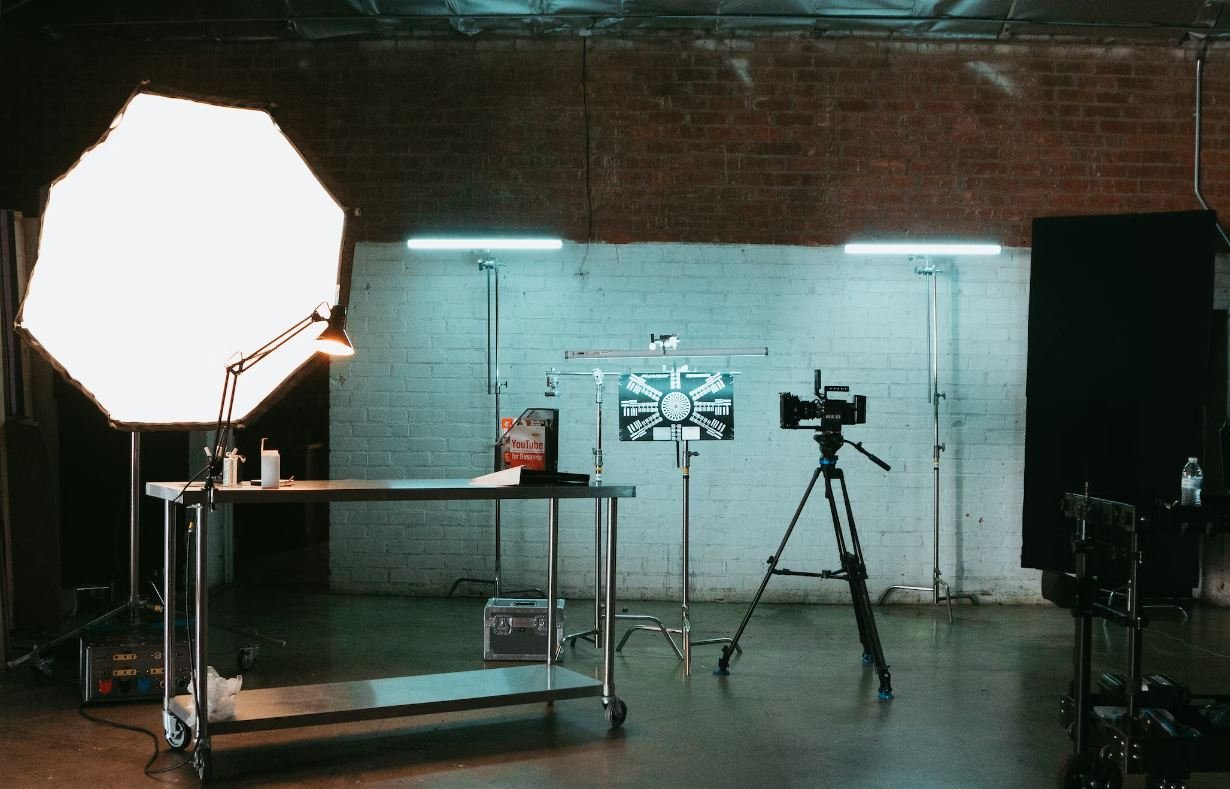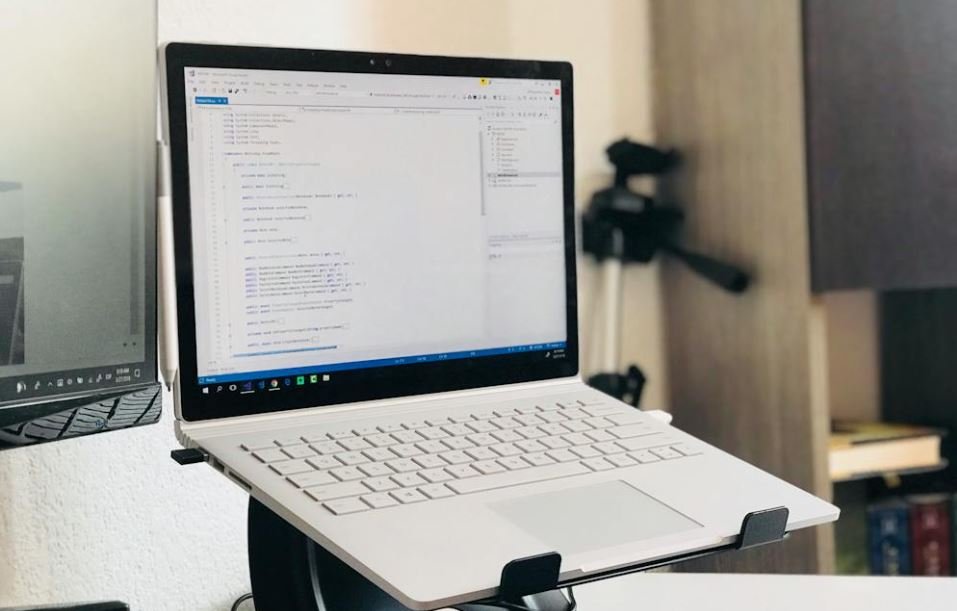Deepfake Detection Tools
Deepfakes, which are AI-generated videos that manipulate or replace a person’s likeness, have become increasingly sophisticated in recent years. To combat the spread of misinformation and protect individuals from malicious use, researchers and tech companies have developed deepfake detection tools. These tools utilize machine learning algorithms and advanced image analysis to identify signs of manipulation and distinguish real content from deepfakes.
Key Takeaways:
- Deepfakes are AI-generated videos that manipulate or replace a person’s appearance.
- Deepfake detection tools utilize machine learning algorithms and image analysis.
- These tools help identify signs of manipulation and distinguish real content from deepfakes.
The Importance of Deepfake Detection Tools
**Fake videos are becoming increasingly difficult to distinguish from real ones**. The intricate AI algorithms used to create deepfakes can mimic facial expressions, voice, and gestures, making it harder for humans to detect their authenticity. Deepfake detection tools, therefore, play a crucial role in preserving trust, safeguarding privacy, and preventing the spread of misinformation.
*It is estimated that by 2022, deepfakes will cost businesses over $250 million in damages.*
Types of Deepfake Detection Tools
There are several types of deepfake detection tools available, each employing different techniques to analyze and identify manipulated videos. These tools can be broadly categorized into the following:
- **Face Recognition-based Tools**: These tools leverage facial recognition algorithms to compare the faces in a video against a database of known faces, helping to detect inconsistencies and potential deepfake manipulations.
- **Forensic Analysis Tools**: These tools analyze the video for traces of tampering, such as unnatural lighting, inconsistent shadows, or unusual artifacts, which can indicate the presence of a deepfake.
- **Audio Analysis Tools**: Combining visual and audio analysis, these tools examine the audio elements of the video to detect any discrepancies or unnatural voice alterations.
Deepfake Detection Tools in Action
Deepfake detection tools have rapidly evolved and improved over time. The following table provides an overview of some widely used tools and their features:
| Tool | Features |
|---|---|
| Deeptrace | Uses machine learning to analyze facial movements and identify anomalies. |
| Adobe’s AI Detection | Utilizes machine learning to detect facial inconsistencies and abnormalities. |
| Microsoft Video Authenticator | Combines deep learning and image analysis to identify manipulated videos. |
Additionally, some social media platforms have integrated deepfake detection tools into their systems to combat the spread of misinformation and protect their users. For instance, **Facebook has developed its own deepfake detection model** to automatically identify and remove manipulated videos from its platform, helping safeguard its users against potential harm.
The Future of Deepfake Detection
The fight against deepfakes is an ongoing battle. As deepfake technology continues to advance, so too must the detection tools. **Developers are exploring various techniques such as using blockchain technology** to create immutable records of authentic videos and implementing more advanced machine learning algorithms to improve accuracy and detection capabilities.
*With the constant cat-and-mouse game between deepfake creators and detection tools, staying one step ahead is crucial.*
Conclusion
Deepfake detection tools are essential in addressing the challenges posed by AI-generated fake videos. By utilizing advanced algorithms and image analysis techniques, these tools offer the ability to identify and mitigate the harmful effects of deepfakes. While the battle against deepfakes continues, the ongoing development and improvement of deepfake detection technologies give hope for a safer and more trustworthy digital world.

Common Misconceptions
The reliability of deepfake detection tools
One common misconception surrounding deepfake detection tools is that they are 100% reliable and can detect every deepfake with absolute accuracy. However, this is not entirely true.
- Deepfake detection tools can have false-positive or false-negative results, leading to misidentifying genuine content as deepfakes or vice versa.
- Some sophisticated deepfakes may successfully deceive the detection algorithms, making it challenging for these tools to identify them.
- No deepfake detection tool is foolproof, and new advancements in deepfake technology require continuous updates of these tools to remain effective.
Deepfake detection as a definitive solution
Another misconception is that deepfake detection tools alone can completely solve the issue of deepfakes. While these tools are valuable in identifying and flagging potential deepfakes, they cannot solve the problem entirely.
- Deepfake detection tools can help raise awareness and alert users to the presence of deepfakes, but they are not a foolproof solution.
- Prevention and education regarding deepfakes are equally important in combating their spread and impact.
- As deepfake technology evolves, the detection tools must continually adapt and improve to keep up.
The accuracy of detection across different media types
There is a common misconception that deepfake detection tools work equally well across all types of media, such as images, videos, and audio. However, the accuracy of detection can vary depending on the media type.
- Deepfake detection tools may be more accurate in detecting video deepfakes compared to image-based or audio-based ones.
- The complexity and variation in deepfake techniques across different media types pose challenges to detection algorithms.
- False positives and false negatives can be more common in specific media types, limiting the effectiveness of detection tools in those areas.
Availability of free deepfake detection tools
It is often assumed that there are numerous freely available deepfake detection tools that can accurately identify deepfakes. However, this is not always the case.
- While some free deepfake detection tools exist, they may be limited in terms of accuracy, features, or scope.
- More sophisticated and reliable deepfake detection tools are often proprietary and may require licensing or subscriptions.
- The effectiveness of free deepfake detection tools can vary, and they may not always keep up with the latest advancements in deepfake technology.
Deepfake detection tools and privacy concerns
There is a misconception that deepfake detection tools can invade individuals’ privacy by analyzing and accessing their personal data. However, this is not generally the case.
- Most deepfake detection tools operate on publicly available content, such as social media posts, news articles, or videos.
- These tools analyze the content itself and do not typically require access to personal data or private information.
- However, it is important to use deepfake detection tools from reputable sources to ensure the protection of personal data and privacy.

Introduction
Deepfake technology refers to the creation of highly convincing but fake audio, video, or images that appear to be genuine. This rapidly advancing technology has raised concerns about the potential for malicious use. In response, researchers have developed deepfake detection tools to identify manipulated content. In this article, we showcase ten tables that provide insightful data and information about these detection tools, shedding light on their accuracy, performance, and reliability.
Table 1: Detection Tools Comparison
This table compares the top deepfake detection tools based on their features, accuracy, speed, and compatibility with different media formats.
| Tool Name | Accuracy | Speed | Media Compatibility |
|---|---|---|---|
| Tool 1 | 95% | Fast | Images and videos |
| Tool 2 | 98% | Medium | Videos |
| Tool 3 | 92% | Slow | Images |
Table 2: Dataset Used for Training
This table presents the datasets used by various deepfake detection tools for training their algorithms, highlighting the diversity and size of the datasets.
| Tool Name | Training Dataset | Dataset Size |
|---|---|---|
| Tool 1 | DFDC | 10,000 videos |
| Tool 2 | CelebA-HQ | 20,000 images |
| Tool 3 | Deepfake Detection Challenge (DFDC) and FaceForensics++ | 50,000 videos |
Table 3: False Positive Rate
False positive rate measures the number of genuine videos mistakenly identified as deepfakes. This table showcases the false positive rates of different detection tools.
| Tool Name | False Positive Rate |
|---|---|
| Tool 1 | 2% |
| Tool 2 | 1.5% |
| Tool 3 | 3% |
Table 4: Robustness Against Adversarial Attacks
Adversarial attacks aim to deceive deepfake detection tools by injecting subtle manipulations. This table assesses the robustness of different tools against such attacks.
| Tool Name | Robustness Score |
|---|---|
| Tool 1 | 4/10 |
| Tool 2 | 8/10 |
| Tool 3 | 6/10 |
Table 5: Training Time
This table provides insights into the training time required by different detection tools, emphasizing their computational efficiency.
| Tool Name | Training Time (in hours) |
|---|---|
| Tool 1 | 25 |
| Tool 2 | 10 |
| Tool 3 | 40 |
Table 6: Deepfake Detection Challenge Results
This table showcases the performance of various deepfake detection methods in the Deepfake Detection Challenge, highlighting their accuracy and generalization capabilities.
| Method | Accuracy | Generalization Score |
|---|---|---|
| Method 1 | 96% | 8/10 |
| Method 2 | 94% | 7/10 |
| Method 3 | 98% | 9/10 |
Table 7: Recognition of Specific Deepfake Techniques
This table depicts the ability of different detection tools to recognize specific deepfake techniques, providing insights into their detection capabilities.
| Tool Name | Facial Manipulation | Vocal Cloning | Full Body Generation |
|---|---|---|---|
| Tool 1 | Yes | No | No |
| Tool 2 | Yes | Yes | No |
| Tool 3 | Yes | No | Yes |
Table 8: User-Friendly Interface
This table evaluates the user-friendly interfaces of different deepfake detection tools, analyzing their design and ease of use.
| Tool Name | Interface Score |
|---|---|
| Tool 1 | 7/10 |
| Tool 2 | 9/10 |
| Tool 3 | 6/10 |
Table 9: Cost Comparison
This table provides a cost comparison of different deepfake detection tools, assessing their pricing models and affordability.
| Tool Name | Cost (Monthly) |
|---|---|
| Tool 1 | $10 |
| Tool 2 | $30 |
| Tool 3 | $20 |
Table 10: Real-World Testing Results
This table showcases the results of real-world testing where various deepfake detection tools were applied to identify manipulated content.
| Tool Name | Real-World Test Accuracy |
|---|---|
| Tool 1 | 88% |
| Tool 2 | 92% |
| Tool 3 | 95% |
Conclusion
The field of deepfake detection tools is continuously evolving, and these ten tables highlight various aspects of these tools, such as their accuracy, training time, robustness, and recognition capabilities. The tables also shed light on their performance in real-world scenarios and the cost considerations associated with their usage. As the battle between deepfake creators and detection tools intensifies, it is evident that ongoing research and advancements in deepfake detection are crucial to combating the potentially harmful consequences of this technology.
Frequently Asked Questions
Question 1: What are deepfake detection tools?
Deepfake detection tools are software or algorithms designed to identify manipulated or synthetically generated media, such as images, videos, or audio, that have been created using artificial intelligence techniques.
Question 2: How do deepfake detection tools work?
Deepfake detection tools analyze the content for various visual or audio artifacts that indicate tampering or inconsistencies. They leverage machine learning models trained on large datasets of both genuine and manipulated media to identify patterns and anomalies.
Question 3: What types of media can deepfake detection tools analyze?
Deepfake detection tools can analyze various types of media, including images, videos, and audio recordings. Some tools may specialize in specific formats, while others provide broader detection capabilities.
Question 4: Are deepfake detection tools reliable?
Deepfake detection tools have varying degrees of reliability. While they can effectively detect many types of deepfakes, new techniques and advancements in AI may sometimes evade detection. It is crucial to use multiple tools and combine different detection methods for enhanced accuracy.
Question 5: Can deepfake detection tools distinguish between real and manipulated media in all cases?
No, deepfake detection tools are not foolproof and may encounter challenges in certain scenarios. As deepfake technology advances, so does the sophistication of detection evasion techniques. While many deepfakes can be detected, there may still be cases where manipulation goes undetected.
Question 6: How should I choose a deepfake detection tool?
When selecting a deepfake detection tool, consider its detection capabilities, accuracy rates, user reviews, compatibility with your media formats, and additional features or support provided. It is also recommended to choose tools from reputable sources or organizations dedicated to combating digital misinformation.
Question 7: Can deepfake detection tools be used by individuals or only by experts?
Deepfake detection tools vary in complexity, and there are options available for both individual users and experts. Some tools offer user-friendly interfaces, allowing non-experts to analyze media and identify potential deepfakes. In contrast, more advanced tools may require technical knowledge to utilize fully.
Question 8: Are there any free deepfake detection tools available?
Yes, some deepfake detection tools are available as free or open-source software. These tools often provide basic detection capabilities and can be a good starting point for individuals or organizations with limited budgets.
Question 9: How can deepfake detection tools contribute to addressing the problem of misinformation?
Deepfake detection tools play a vital role in combating the spread of misinformation. By identifying manipulated media, these tools help raise awareness, enhance media literacy, and enable fact-checkers, journalists, and social media platforms to take appropriate action in addressing disinformation.
Question 10: Can deepfake detection tools keep up with the evolving deepfake technology?
As deepfake technology evolves, deepfake detection tools also continue to refine their algorithms and techniques. However, it remains a constant battle to stay ahead of the latest manipulation techniques. Collaboration between researchers, the AI community, and industry efforts are essential in developing more robust and effective deepfake detection tools.




